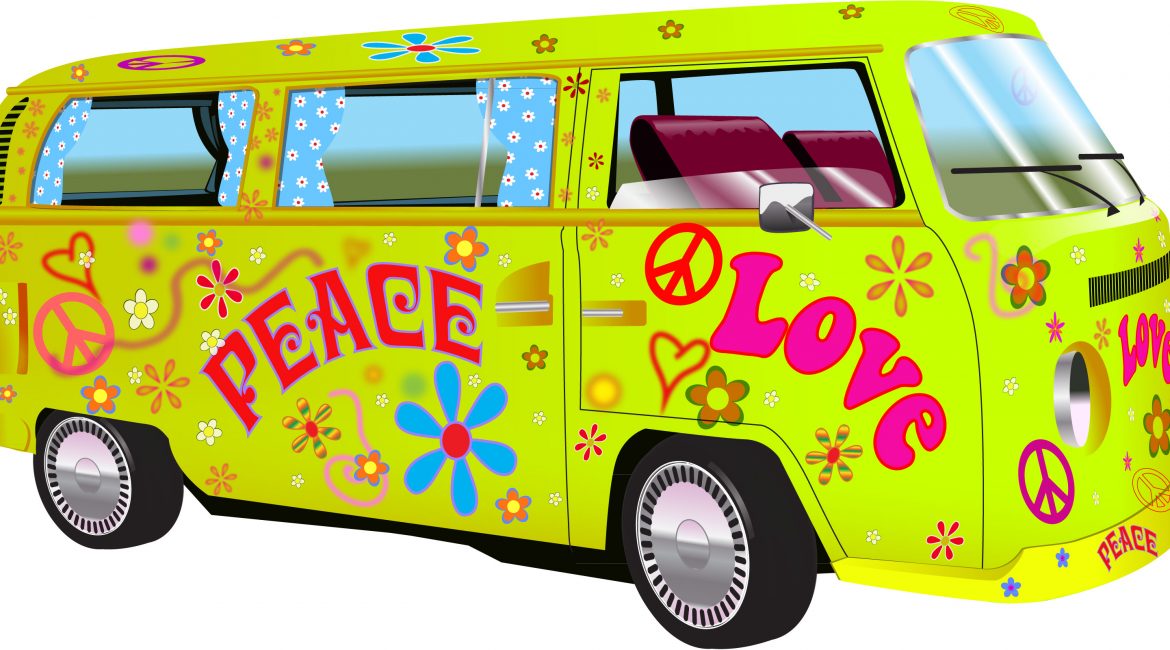Is ice or heat better for my injury? NEITHER!

There are standard questions we get A LOT in clinic;
“How long until I’ll be better?”
“What should I avoid doing?”
“Why are you all so darn good looking?” – okay I made that last one up.
All of these questions are trumped by the same question we have fielded for over 10 years……”Should I use heat or ice on this injury?”
Our answer to this question has evolved a lot over the years. You all likely remember the acronym “ICE” (Ice, compression, elevate) for acute injuries.
That quickly gave way to “RICE” as the powers that be thought it prudent to add a painfully obvious letter to let you know that you should consider some rest after an acute injury.
Never a profession for simplicity, we quickly changed “RICE” to “PRICE” to let you know you need to protect your injury.
Then just a few years ago we wrote a whole blog on “POLICE” which saw rest replaced with Optimal Load as we now know that some movement, even in acute injuries, is best for healing.
While we are generally fans of simplicity, we are about to complicate things for you. A new(ish) acronym is now the standard of care.
First, the 2 major benefits of this new one:
- All prior acronyms only address acute injuries and completely ignore chronic injuries. So while they may help guide you for first few weeks of care, you are then on your own. This new one address both the acute/subacute AND chronic phases of injury repair.
- Though this one is longer, it accurately addresses all current evidence….some of which are counter-intuitive (stay tuned).
- I know I said there were only 2 benefits, but I’m adding a third – the authors are Canadian! Some Hosers published this piece in the British Journal of Sports Medicine and it is already the new standard worldwide. Nice!
This new acronym is split in two parts:
Immediately after injury, do no harm and let PEACE guide your approach. (This is for acute injuries).
After the first few days have passed, soft tissues need LOVE. (This is for the chronic phase of injury).
So what does PEACE and LOVE mean?
Here is a quick summary of each segment:
Immediately after injury, do no harm and let peace guide your approach
P IS FOR PROTECT: This has not changed. You need to unload or restrict movement but just for 1-3 days to minimize bleeding, and prevent further injury. This should not last too long though as too much rest is bad for tissue strength and quality. Use pain to guide you as to when you can stop resting but keep it short and some pain is ok.
E IS FOR ELEVATE: Nothing changed again. Elevate above the heart.
A IS FOR AVOIDING ANTI-INFLAMMATORY MODALITIES: Inflammation (some) is GOOD to help repair damaged soft tissues. Trying to stop this via medication may negatively affect long term healing, especially with high doses. MOST SOFT TISSUE INJURIES REQUIRE NO ANTI-INFLAMMATORY MEDICATIONS.
******We need a pause here to speak about ice. There is actually NO HIGH QUALITY EVIDENCE that it helps for acute soft tissue injuries. In fact, even if it feels good because it numbs your injury, it could potentially stop the good type of inflammation leading to longer injury times. ICE IS NO LONGER RECOMMENDED.******
C IS FOR COMPRESSION: This one is still relevant. Compression seems to limit swelling enough to get you back to your activities of daily living earlier. That means it’s still worthwhile.
E IS FOR EDUCATE: Education is needed on the benefits of exercise to help recovery. Exercise is more important in the early phase then any other form of care.
After those first few days, show your injury some LOVE:
L IS FOR LOAD: Active care is essential. Injuries need mechanical stress early and the sooner normal activities can be resumed the faster the person gets better. You need load without exacerbating pain to help repair the injured tissue and build capacity.
O IS FOR OPTIMISM: This one is simple – the more optimistic the patient, the better the outcome. This also address the negative effects some psychological factors such as catastrophizing an injury, depression and fear can have on healing.
V IS FOR VASCULARISATION: This means cardiovascular activity. You should start pain free aerobic exercise (ie riding a bike or walking) just a few days after injury. This helps increase blood flow to the injury and helps improve motivation to get better.
E IS FOR EXERCISE: This should be painfully obvious by now. Yes you need to avoid pain, but no you should not rest after the first couple of days. Get moving in a pain free fashion to help restore mobility, improve strength, and rebuild balance.
That’s it. Next time you sprain an ankle or tweak a hamstring give PEACE a chance for a few days. After that show it some LOVE.

